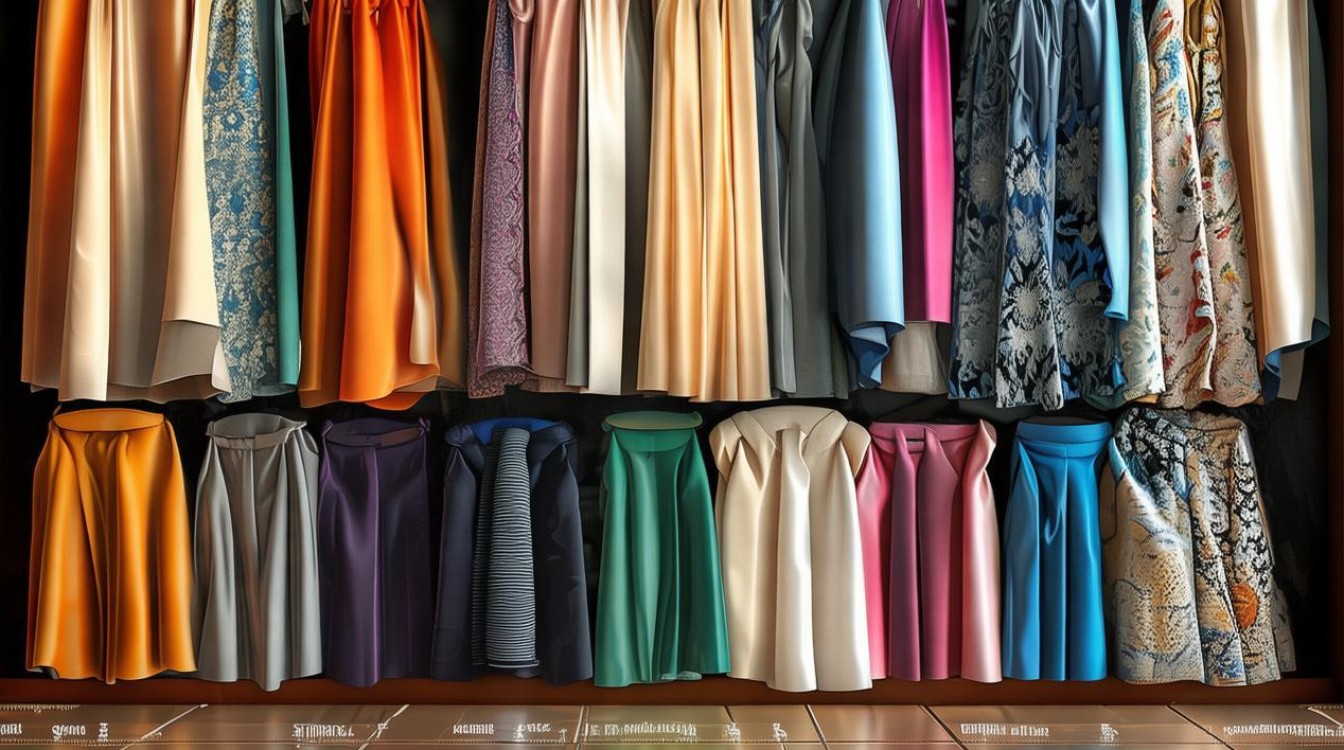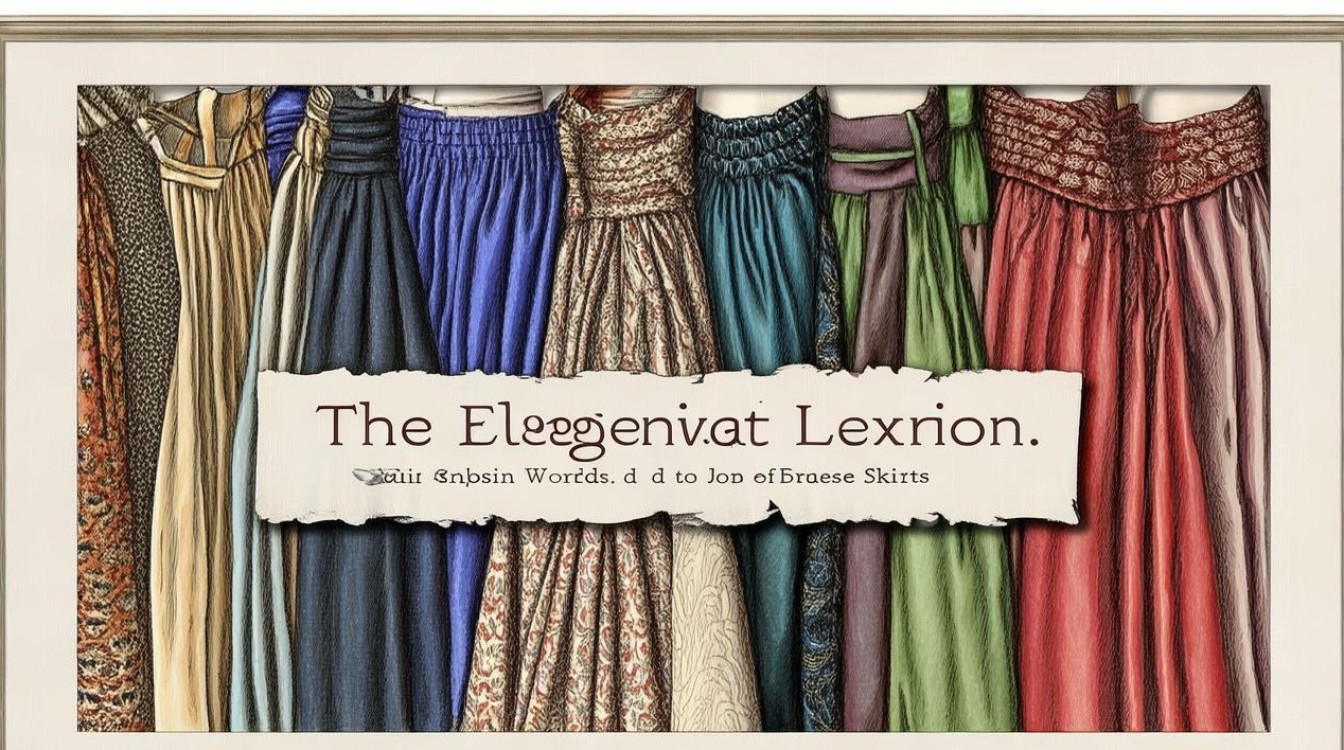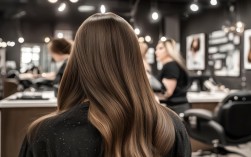Skirts have been a staple in fashion for centuries, evolving in style, fabric, and cultural significance. Whether you're a designer, writer, or fashion enthusiast, knowing the right English words to describe skirts can enhance your vocabulary and appreciation for this versatile garment. Below is a curated list of terms that capture the essence of skirts in all their forms.

Basic Skirt Types
Understanding different skirt styles helps in identifying and describing them accurately.
- A-line – A classic silhouette that flares gently from the waist, resembling the letter "A."
- Pencil – A narrow, straight-cut skirt that typically falls just above or below the knee.
- Pleated – Featuring folds (pleats) that create texture and movement, often seen in school uniforms.
- Maxi – A long skirt that reaches the ankles or floor, popular in bohemian and summer fashion.
- Mini – A short skirt ending well above the knees, a symbol of youthful and bold fashion.
- Midi – Falling between the knee and ankle, offering a balanced and elegant look.
- Circle – Made from a full circle of fabric, creating a flowing, voluminous shape when worn.
- Tulip – Designed with overlapping fabric panels that resemble tulip petals.
Fabric and Texture Descriptions
The material of a skirt greatly influences its appearance and feel.
- Silk – Smooth, lustrous, and lightweight, often used in formal and luxury designs.
- Denim – Durable and casual, commonly found in A-line or pencil skirts.
- Chiffon – Sheer and delicate, ideal for layered or flowing styles.
- Tulle – A stiff, net-like fabric used in ballerina and bridal skirts.
- Velvet – Soft and plush, perfect for winter and evening wear.
- Linen – Breathable and slightly textured, great for summer skirts.
- Leather – Edgy and structured, often seen in pencil or asymmetrical designs.
Embellishments and Details
Skirts can feature intricate designs that add uniqueness.

- Embroidered – Decorated with stitched patterns, often floral or geometric.
- Sequined – Covered in small, shiny discs for a glamorous effect.
- Lace-trimmed – Edged with delicate lace for a feminine touch.
- Ruffled – Layered with frills for a playful or romantic look.
- Beaded – Adorned with beads for intricate detailing.
- High-low – Shorter in the front and longer in the back, creating a dynamic silhouette.
Movement and Fit Descriptions
How a skirt moves and fits can define its style.
- Flowy – Light and airy, swaying with movement.
- Structured – Firmly tailored to hold its shape.
- Bodycon – Tight-fitting, emphasizing the wearer’s curves.
- Asymmetrical – Featuring uneven hemlines for a modern twist.
- Wrap – Designed to overlap at the front, secured with a tie or button.
Cultural and Historical Influences
Some skirt styles carry deep cultural significance.
- Kilt – A traditional Scottish pleated skirt, often made of tartan wool.
- Sarong – A draped skirt worn in Southeast Asia, typically made from batik or woven fabric.
- Dirndl skirt – A full, gathered skirt associated with German and Austrian folk costumes.
- Hobble – A narrow skirt popular in the early 1900s, restricting movement for a sleek look.
Seasonal and Occasion-Based Skirts
Certain skirts are suited for specific times or events.

- Summer skirts – Often made of cotton or linen, featuring bright colors and floral prints.
- Winter skirts – Thicker fabrics like wool or tweed, sometimes paired with tights.
- Cocktail skirt – A stylish midi or knee-length option for semi-formal events.
- Ball gown skirt – Voluminous and floor-length, designed for formal occasions.
Modern and Avant-Garde Styles
Fashion continually reinvents skirts with bold designs.
- Deconstructed – Featuring raw edges or unconventional cuts.
- Metallic – Made with shiny, futuristic fabrics.
- Transparent – Layered over another skirt or worn with leggings for a daring effect.
- Patchwork – Constructed from various fabrics stitched together.
Words to Describe Skirt Lengths
Precision in describing length adds clarity.
- Micro – Extremely short, barely covering the upper thighs.
- Knee-length – Ending right at the knee.
- Tea-length – Falling between the knee and ankle, often mid-calf.
- Ankle-length – Just above the ankles, common in maxi skirts.
- Floor-length – Touching the ground, typical in formal gowns.
Colors and Patterns
Descriptive terms for hues and prints.

- Pastel – Soft, muted tones like blush pink or mint green.
- Neon – Bright, fluorescent shades.
- Pinstriped – Thin vertical stripes, often in business attire.
- Plaid – A crisscross pattern, associated with school uniforms and kilts.
- Animal print – Mimicking leopard, zebra, or snakeskin patterns.
Functional Features
Some skirts incorporate practical elements.
- Pockets – Functional additions for convenience.
- Elastic waistband – Stretchy for comfort and ease of wear.
- Zippered – Featuring a zipper for a snug fit.
- Button-front – Fastened with buttons down the front.
Fashion is a language, and the more words you know, the better you can appreciate its nuances. Whether you're describing a flowing bohemian maxi skirt or a sleek leather pencil skirt, the right vocabulary brings clarity and elegance to your expression.



